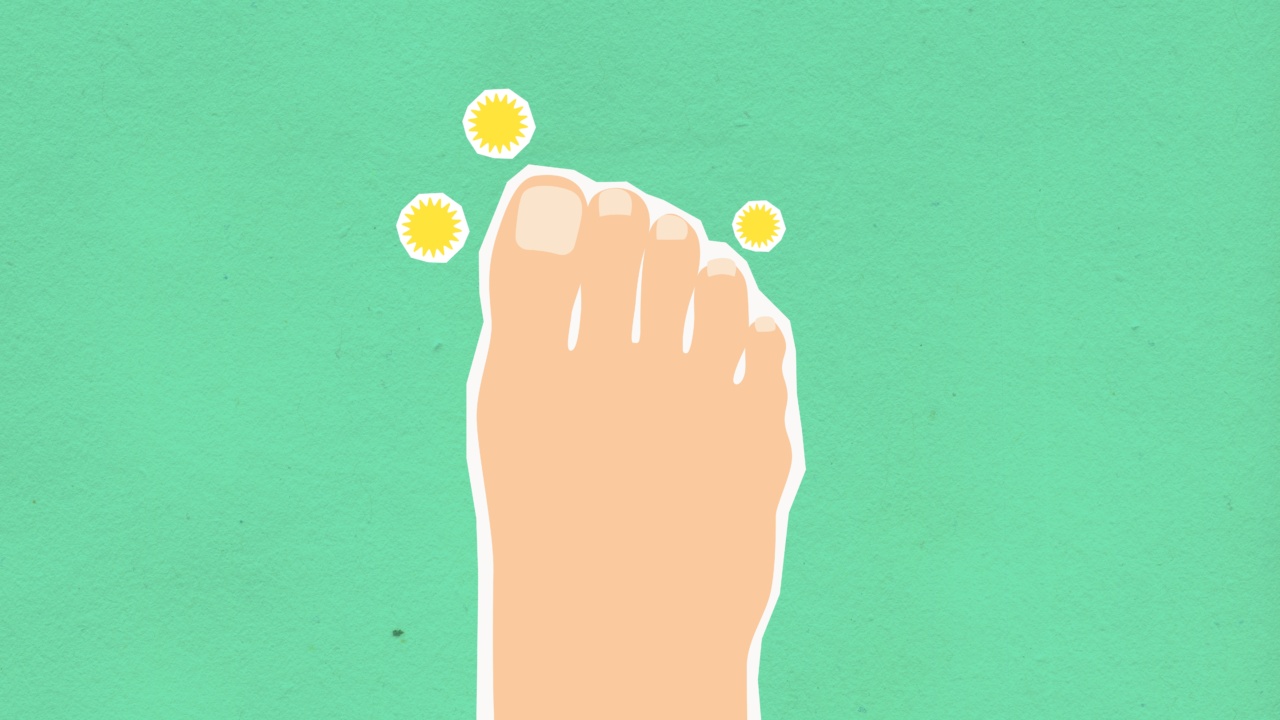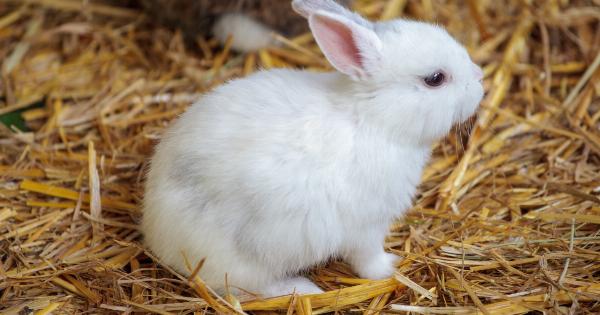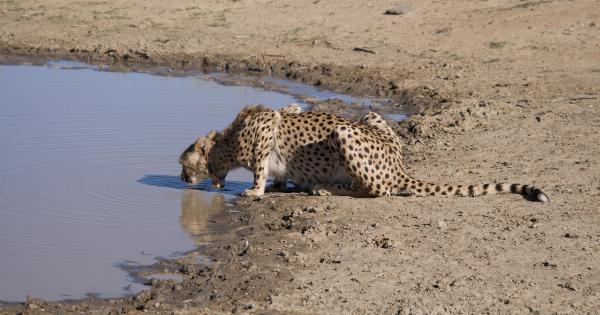The human organism is a complex and intricate system, capable of remarkable capabilities and achievements. Throughout history, humans have constantly sought to understand the nature of their existence and the intricacies of their minds and bodies.
One fascinating aspect that often captures our attention is the duality found within us. This duality refers to the contrasting characteristics and tendencies that coexist within every human being. From the physical to the psychological, from light to dark, these dualities shape our experiences, actions, and perceptions.
The Physical Duality
At the core of our physical existence, we can observe a duality that extends from the macro to the micro level. On one hand, we are strong, resilient creatures capable of incredible feats. Our bodies are designed to endure, adapt, and heal.
We possess the power to run, jump, and build. On the other hand, we are also fragile and vulnerable. Our bodies are prone to illnesses, injuries, and eventual decay. The dual nature of our physicality often propels us toward the pursuit of health and longevity.
The Mind and Emotions
Just as our bodies possess a physical duality, our minds and emotions also exhibit contrasting characteristics. Our minds have the immense capacity for logical reasoning, abstraction, and innovation.
This rational side allows us to analyze, plan, and problem-solve. However, our emotions often challenge this rationality. They can be intense, unpredictable, and impulsive. Emotions can provide depth and richness to our experiences, but they can also cloud our judgment and lead to irrational behavior.
Good and Evil
Human existence is marked by an eternal struggle between good and evil. This fundamental duality has permeated our history, literature, art, and religious beliefs.
Within each individual, there exists a constant battle between virtuous intentions and darker desires. We possess the potential for acts of kindness, compassion, and selflessness. Simultaneously, we are capable of cruelty, selfishness, and malice. Recognizing and navigating this duality can help us strive for personal growth and moral development.
The Social Duality
Individually, we embody the complexities of duality. However, when we enter the realm of society, this duality amplifies. Within the social framework, we must negotiate the balance between individuality and community.
On one hand, humans have an instinctual drive for self-preservation and self-interest. We pursue personal goals, accumulate wealth, and seek recognition. On the other hand, we are social creatures who thrive on connection, collaboration, and cooperation.
Balancing our individual freedom and collective responsibility is an ongoing challenge.
Light and Dark
Another profound duality within the human organism is the interplay between light and dark, both literally and metaphorically. We inhabit a world of brightness and darkness, daylight and night.
Shadows are cast by the light, and light illuminates what would otherwise be in darkness. Metaphorically, we grapple with our own light and dark aspects – our virtues and vices, our noble intentions and sinister impulses. The journey of self-discovery often entails confronting and reconciling these opposing forces.
Order and Chaos
The human organism is predisposed to seek order and stability. We create systems, rules, and routines to bring structure to our lives. These organizational principles enable us to function efficiently and predictably. However, chaos also exists within us.
It is the force that pushes against order, prompting creativity, change, and innovation. Embracing the interplay between order and chaos can lead to personal growth, adaptability, and resilience.
The Strive for Balance
Throughout our lives, we constantly seek equilibrium – a state of balance between the various dualities present within us. This pursuit manifests in our attempts to balance work and leisure, reason and emotion, logic and creativity.
We strive for harmony in our relationships, seeking a delicate equilibrium between giving and receiving, intimacy and autonomy. Achieving and maintaining balance is an ongoing challenge that requires self-awareness, self-regulation, and continuous effort.
The Impact of Environment
While the duality within the human organism is inherent, it is also shaped by external factors, most notably our environment. The influence of culture, society, upbringing, and experiences cannot be understated.
Our environments can either amplify or dampen certain aspects of our dual nature. Education, socialization, and exposure to diverse perspectives play a crucial role in shaping how we navigate and reconcile our own duality.
The Embrace of Duality
Ultimately, the duality found within the human organism is not a flaw or contradiction. It is a fundamental aspect of our nature, one that brings richness, complexity, and depth to our existence.
Embracing our duality means acknowledging the contrasting aspects within us and striving for integration rather than suppression. By recognizing and accepting both halves of our dual nature, we can cultivate a more profound understanding of ourselves and a greater appreciation for the human experience.
Conclusion
The duality found within the human organism is an intricate and fascinating phenomenon. From the physical to the psychological, and from light to dark, these dualities shape our experiences, actions, and perceptions.
Recognizing, embracing, and navigating our dual nature can lead to personal growth, self-acceptance, and a deeper understanding of the human condition.































